Contact: +91 99725 24322 |
Menu
Menu
Quick summary: The COVID-19 pandemic has shed light on a number of fissures prevalent in our current food ecosystem. Digitizing the supply chains with blockchain traceability solutions will build resilience in the food and agriculture sector with adequate food safety.
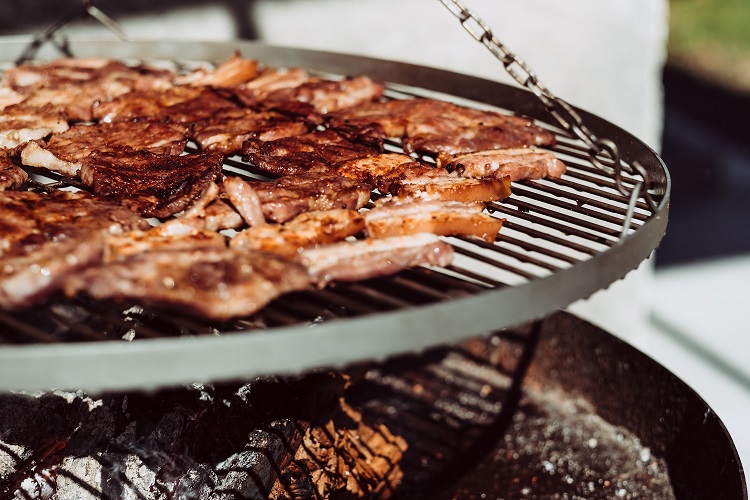
The COVID-19 pandemic has shed light on a number of concerns related to livestock production. It has highlighted the fissures in our current food system and the need for urgent and far-reaching change to build resilience and ensure food security in the face of future challenges, such as climate change, especially in livestock supply chains.
According to Markets and Markets, the the livestock monitoring market is estimated to be worth USD 1.6 billion in 2022 and is projected to reach USD 3.7 billion by 2030, at a CAGR of 11.0%.
Tools such as RFID and blockchain-based traceability systems have gained traction worldwide by enabling food and agriculture stakeholders to digitize their supply chains further and gain deeper insights into optimization opportunities and sustainability impacts.
Read on to learn how these new technologies are helping to build a more resilient supply chain and might prove crucial to overhauling the way we currently raise, slaughter, process, market, and consume meat and animal products.
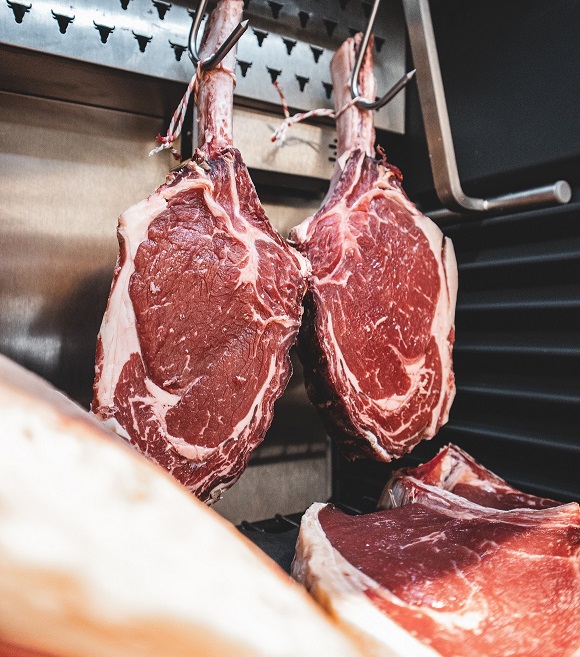
The meat supply chain is especially prone to the spread of coronavirus (or any other virus) as processing is increasingly done in a handful of massive plants.
Cold, wet, refrigerated facilities and some plants that house workers in local dormitories- increasing proximity and time spent together- make the plant environment especially conducive to spreading the virus.
Reported cases of contagion inside processing plants worldwide disrupted the livestock sector and increased global consumer distrust of meat products.

One of the main problems in beef supply is the so-called carcass utilization, i.e., the use of the whole animal.
Restaurants use the most expensive carcasses: strips, ribs, loins, and tenderloins, while the retail trade keeps the carcasses and trimmings. With most restaurants closed, about 23% of the animal were not purchased because the food service was declining.
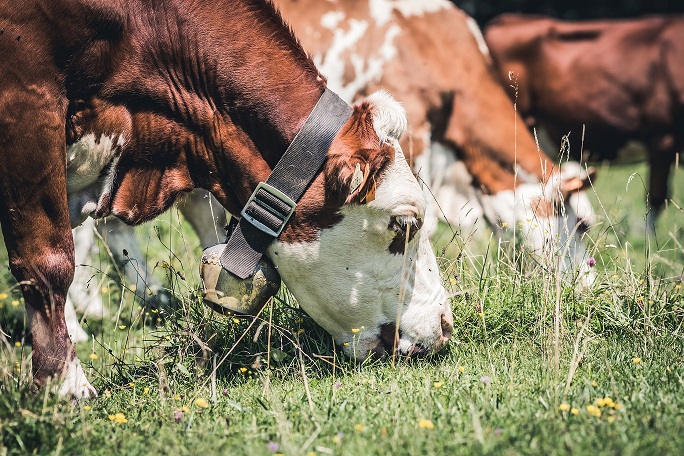
The closure of processing plants affected some farmers who had nowhere to send animals for slaughter and had to prepare and carry out a massive depopulation of surplus animals.
Producers were encouraged to slow down, but some had to slaughter animals on-farm and, given the reduced capacity of processing plants in all species, had to cope with an increased amount of carcass disposal, which, when done poorly, is associated with potential biosecurity risks and detrimental effects on the environment.
Consumers usually interact with the final meat product presented on supermarket shelves. Almost half of the meat is sold in food segments (educational institutes, offices, hotels, and restaurants). The closure of educational institutes and restaurants harmed the supply and distribution of meat and meat products and disrupted the meat supply chain.

The COVID-19 pandemic has changed the purchase and consumption of meat and meat products, mainly due to decreased purchasing power, commodity priorities, and safety awareness among consumers.
Furthermore, working from home has increased the consumption of meals at home that dropped the restaurants’ demand. Additionally, the sale of expensive primal meat cuts decreased due to the temporary shutdown of food eateries, which affected the income from meat and meat products. According to the FAO,
During these circumstances, meat production decreased from 338.9 million tons (carcass weight) in 2019 to 333.0 million tons in 2020. The pandemic’s initial estimated impact on the beef industry is around $13.6 billion, with additional influences in the future.
Working from home and closing schools and restaurants increased the consumption of meals at home, shifting shopping patterns from restaurants to supermarkets.
Supermarkets initially emptied of prepared foods and increased purchases of basic ingredients, highlighting an increase in-home meal preparation. Sales also soared for plant-based meats, such as Impossible Foods and Beyond Meat, which saw a 264% increase in sales between March and May 2020

During an outbreak, meat producers and processors lose access to local and international markets for selling their products. Seventeen countries have imposed import restrictions on food and agriculture since the start of the COVID-19 pandemic.
At the same time, leaders of the G-20 pledged on March 26 to inject over $5 trillion into the global economy to preserve jobs and maintain trade flows, limiting disruption to supply chains.
Overall, global trade was decreased by 13–22% during the first months of the pandemic’s emergence.
Globally, the pandemic is changing the way supply chains operate and forcing companies to prepare for other crises in the future. The current situation allows companies to detect where supply chain links are broken and strengthen them before the next emergency.
Animal epidemics and livestock losses are significant sources of concern for livestock farmers around the world. To address these growing problems, scientists around the world have devised several advanced-level technologies.
One way to address these growing problems is through improved animal identification and tracking. Radio Frequency Identification (RFID) is one of the technologies identified to address these ever-increasing threats.
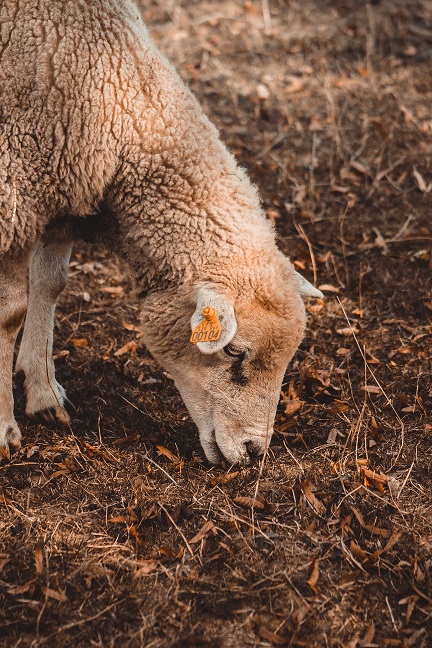
RFID is a technology whereby a reader captures digital data encoded on smart tags via radio waves.
RFID methods use radio waves to automatically identify objects, collect data about them and feed it straight into computer systems with little or no human intervention.
At a superficial level, RFID systems consist of three components: an RFID tag or smart tag, an RFID reader, and an antenna.
It can help authorities control exotic animal diseases, strengthen animal disease prevention and vaccination management, improve animal disease diagnosis and reporting capabilities, and emergency response to domestic and foreign animal epidemics while increasing customer involvement in the process.
The blockchain is the next big innovation for the livestock livestock traceability worldwide. It is a distributed ledger shared on a public or private computer network in a sequence of blocks that contains a complete list of transaction records.
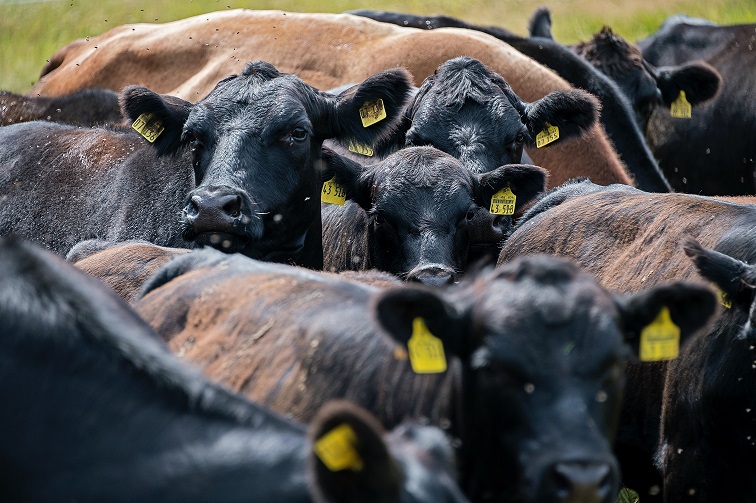
One of the main advantages of blockchain in the livestock and dairy sector is that it alters the current methods used to convey food quality and safety and will differentiate by improving traceability and trust. It also simplifies international trade by streamlining the import and export process.
By offering advantages such as decentralization, transparency, and immutability helps increase the adherence to strict ongoing and new regulatory norms. Furthermore,
Food traceability is increasingly recognized as a critical tool to guarantee food safety and quality through the food supply chain. As demonstrated, In the face of disturbance such as the COVID-19 pandemic, the livestock sector can and will be one of the first to be disrupted, thus the necessity of having a robust, resilient meat supply chain management system.
TraceX helps the livestock industry improve its value chains through transparency and accountability with its meat traceability software now and in the face of future disruptions. Providing real-time, tamper-proof data also helps establish a closer relationship with the rising wave of conscious consumers demanding to know the provenance of their meat and livestock products.
Discover what TraceX – livestock traceability can do for your supply chain and start your journey towards a resilient future
